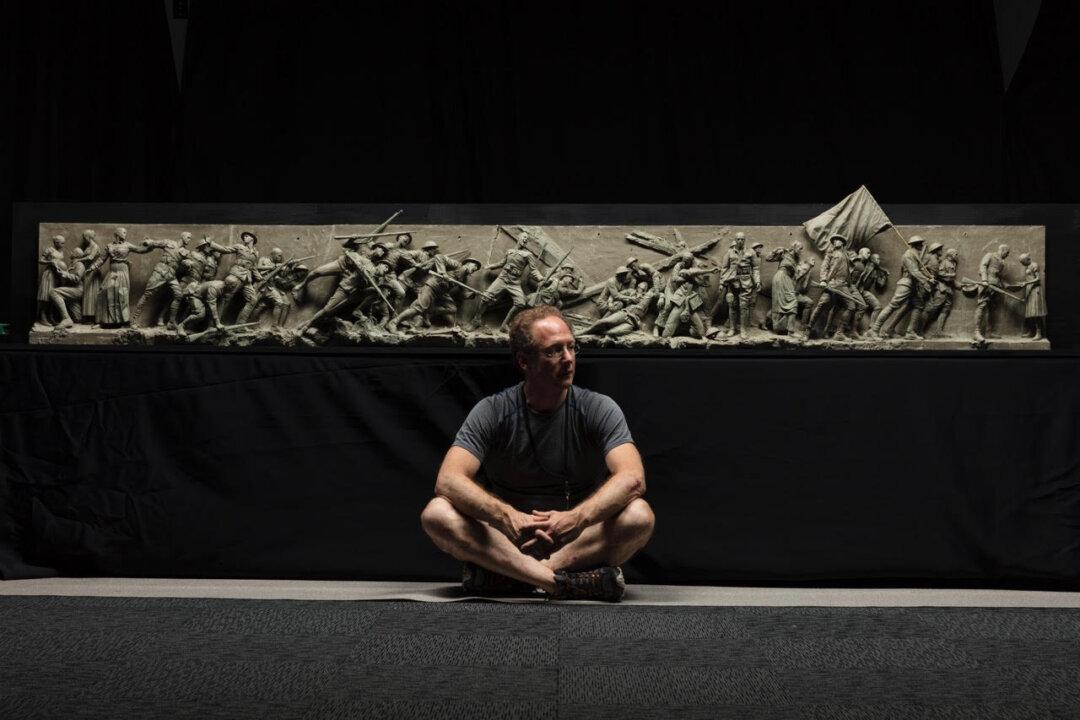WASHINGTON—Wounds of history, however long ago inflicted, can begin to heal as soon as they are acknowledged. World War I ended 100 years ago. Many of the conflicts the United States is engaged in around the world can be traced back to the country’s most forgotten war. Its unlearned lessons, traumas, and repercussions continue to haunt us, more than we realize, perhaps because those who served have yet to be publicly honored to the extent warranted. To that end, the National World War I Memorial in Washington is finally in the making.
An act of Congress in 2013 created The U.S. World War I Centennial Commission, which selected the competition-winning team—architect Joe Weishaar and sculptor Sabin Howard—who had proposed the concept for the memorial “The Weight of Sacrifice.”“We want people to come face to face with the humanity we find in those who served in this war. ... It may be long overdue, but today marks another point in the journey of making sure they are not forgotten,” said Weishaar, the architect and lead designer of the memorial, on Nov. 9, 2017, at the official groundbreaking ceremony in Pershing Park, with views to the White House.






